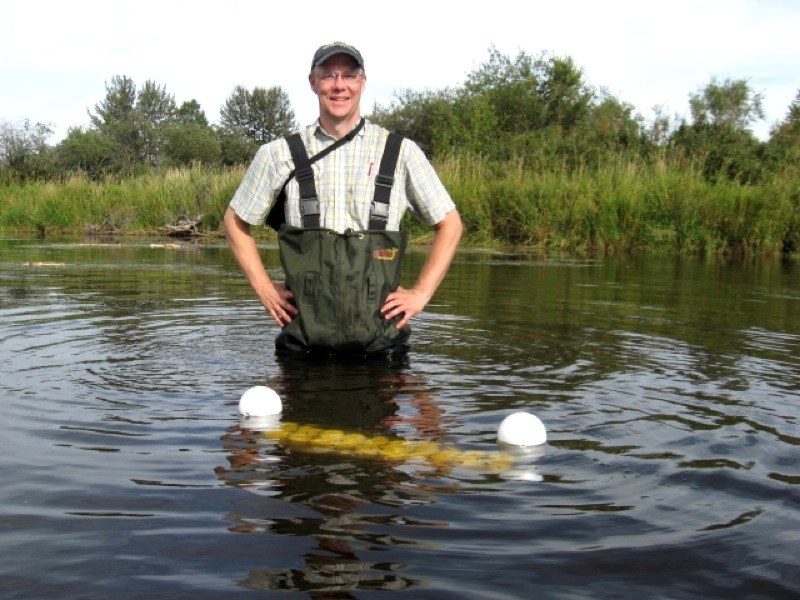On March 26, Science Outreach-Athabasca and associate professor of chemistry at Athabasca University (AU) Lawton Shaw are hosting “Pharmaceuticals and Personal Care Products in the Aquatic Environment.” The presentation will teach listeners about the effects of certain chemicals from human care products, such as antibiotics, on life in rivers and lakes, with a focus on aquatic biofilms.
Biofilms are the thin layer of scum seen growing on rocks and the surface of the water in rivers and lakes.
“They’re the bottom end of the food web,” explained Shaw. “There’s algae that grows in there, and bacteria. Invertebrates feed on that, then those provide food for other life forms like fish and birds.”
These biofilms are affected by the organic pollutants from human products that are released in the environment through municipal waste management systems. Recently, scientists have found a new way to study these effects.
“People have been looking at it in sketchy ways over time, but we’ve got a fairly new and interesting technique to study that with,” Shaw said.
This technique involves something known as a chemical diffusing substrate: an apparatus that floats on the surface of the water. The apparatus consists of a porous material above a plug of agar, which is a thick, Jell-O-like substance. Chemicals can diffuse through agar rather easily. Scientists can choose chemicals to place within the agar and study over time as that chemical leaches out of the agar into the porous element above, where these biofilms are growing.
Through this method, studies have found that chemicals like diphenhydramine, the active ingredient in Benadryl, wipes out the growth of any algae. Other products have been found to stimulate algae growth.
Currently, Shaw is expanding his studies to include things like herbicides that may be more present in northern Alberta and of interest to people in the area.
“Everybody cares about their water and their environment and might want to know what can be happening around them that they may not be aware of,” he said.
The presentation will run from 7–8:30 p.m. at the AU Governing Council Chambers and will include door prizes and refreshments.


